In the vast expanse of the night sky, few celestial events captivate our imagination quite like the rare blue moon. But what exactly is a blue moon, and why are they so rare? Delving into the science behind blue moons reveals a fascinating intersection of astronomy, calendar cycles, and cultural lore.
A blue moon is commonly defined as the second full moon within a single calendar month, a phenomenon that captures both the attention and curiosity of enthusiasts and casual observers alike. Given that the lunar cycle lasts approximately 29.5 days, most months can accommodate only one full moon. However, when a month has 31 days, the likelihood of a blue moon increases. This disparity between the solar calendar year (365 days) and the lunar month results in blue moons appearing roughly every 2.7 years, underscoring their rarity.
The August 2023 celestial event showcased a rare supermoon coinciding with a blue moon. Observers worldwide enjoyed this spectacle as the moon appeared larger and brighter due to its closer proximity to Earth, known as perigee. To delve deeper into this event, check out NASA's coverage on the August 2023 supermoon.
The rarity of blue moons is intrinsically linked to our solar calendar system. The Gregorian calendar, which dominates global civil use, doesn't perfectly align with the lunar cycle. Consequently, blue moons occur only when these cycles favorably overlap. This cyclical disparity ensures that the frequency of blue moons remains low, making each appearance noteworthy for skywatchers.
A fascinating upcoming occurrence is the "unconventional" Blue Moon of August 2024. Scheduled for August 19th, it will be the only full moon that month, challenging traditional perceptions of what constitutes a blue moon. This scenario underscores the complexities of blue moon science and our evolving understanding of these celestial events. For more insights, read Space.com's article on the 2024 Blue Moon.
Blue Moon Myths and Cultural Lore
The term "blue moon" has long been steeped in myths, often misleadingly suggesting a literal change in color. Historically, atmospheric conditions like volcanic eruptions or forest fires could lend a bluish tint to the moon, fueling these misconceptions. However, the name primarily reflects its uncommonness rather than any chromatic alteration.
Cultural narratives have also played a significant role in perpetuating the mystique of blue moons. From ancient folklore to modern interpretations, these stories contribute to our collective fascination with rare blue moons. For instance, the notion of "once-in-a-blue-moon" events signifies their scarcity and special nature in societal vernacular.
In contemporary times, blue moons continue to inspire scientific inquiry and artistic expression. A notable example is the Omega x Swatch collaboration celebrating these rare lunar occurrences through limited-edition timepieces. The allure of owning a watch inspired by the super blue moon has captivated horology enthusiasts worldwide, as highlighted in Wrist Watch Wednesday's feature on the Omega x Swatch Blue Moon Watch.
Popular culture also finds creative ways to integrate the concept of blue moons into everyday life. One such tribute comes from the Midwest with Blue Moon Ice Cream, a unique flavor characterized by its mysterious blend of raspberry and other undisclosed ingredients. Originating in Milwaukee in the 1950s, this treat has become a Midwestern staple and serves as a fun nod to the celestial event's enigma.
Case Study: The Omega x Swatch Mission to the Super Blue Moonphase
A compelling case study illustrating blue moon fascination is "Chasing the Moon: My Quest for the Omega x Swatch MISSION TO THE SUPER BLUE MOONPHASE." This journey highlights how a celestial event can spark human curiosity and drive individuals to seek tangible connections to astronomical wonders. The mission's allure led many on an adventure from Dallas to Austin, showcasing how blue moon cycles continue to inspire both personal quests and broader cultural phenomena.
For those eager to witness a rare blue moon firsthand, timing and location are key. Observing guides often recommend finding an area with minimal light pollution for optimal viewing conditions. Additionally, knowing when to look is crucial; for instance, during August 2023's event, enthusiasts were advised to mark their calendars for peak visibility times.
To plan your next stargazing adventure, resources like Time and Date's Blue Moon Calendar serve as valuable tools. By charting blue moon cycles, enthusiasts can anticipate these rare appearances and enhance their appreciation for the celestial rhythms that govern our world.
In summary, blue moons captivate our imagination and curiosity, offering a unique blend of scientific intrigue and cultural lore. As we explored this celestial phenomenon, several key points emerged:
These insights demonstrate how blue moons intertwine science with culture, enriching our understanding of both astronomy and human narratives. By observing these phenomena, we gain a deeper appreciation for the rhythms governing our universe.

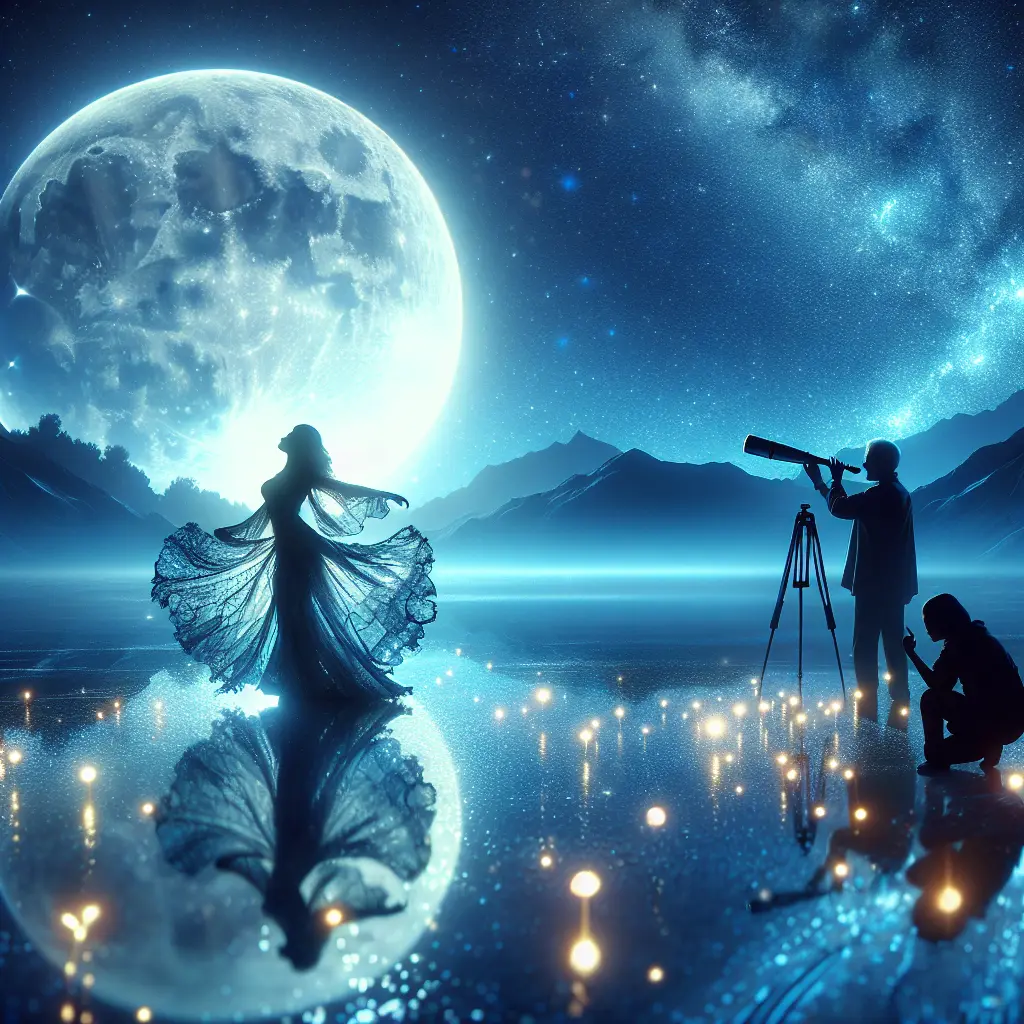
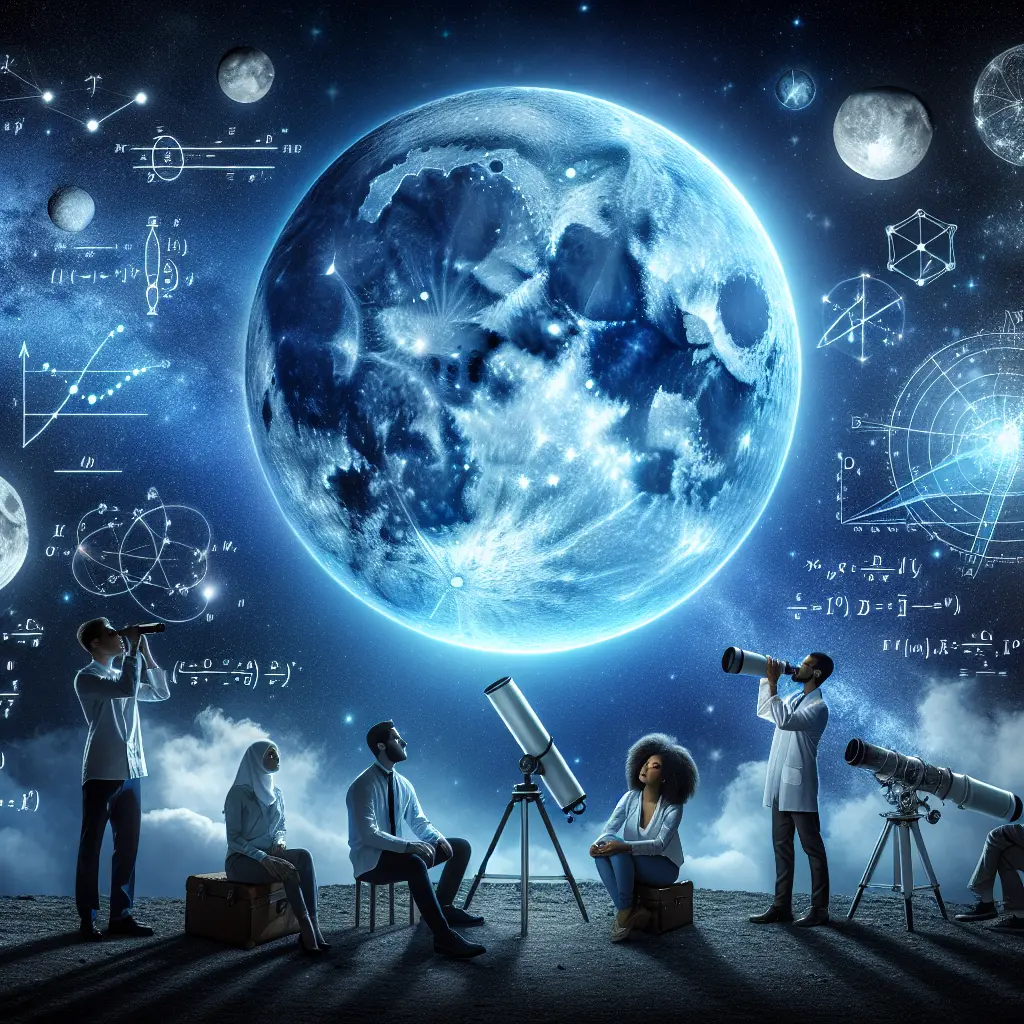

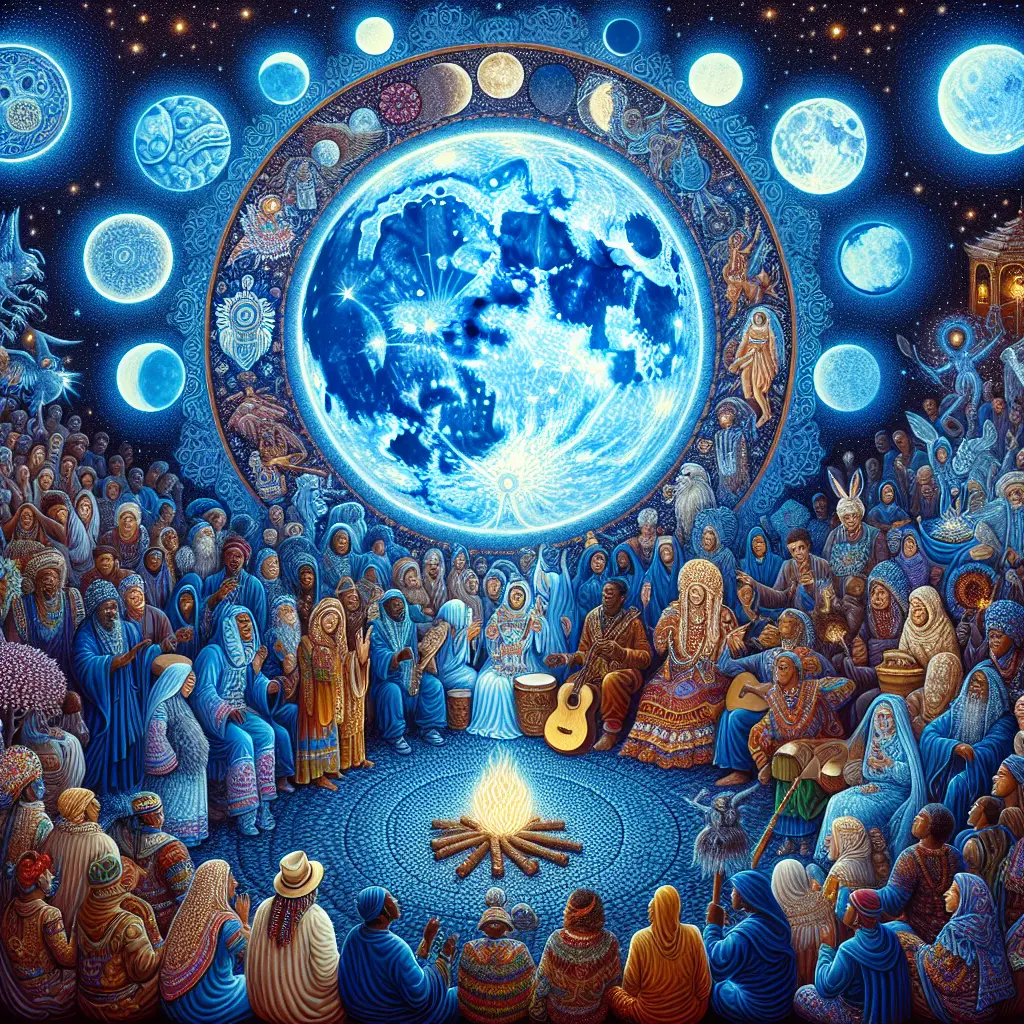

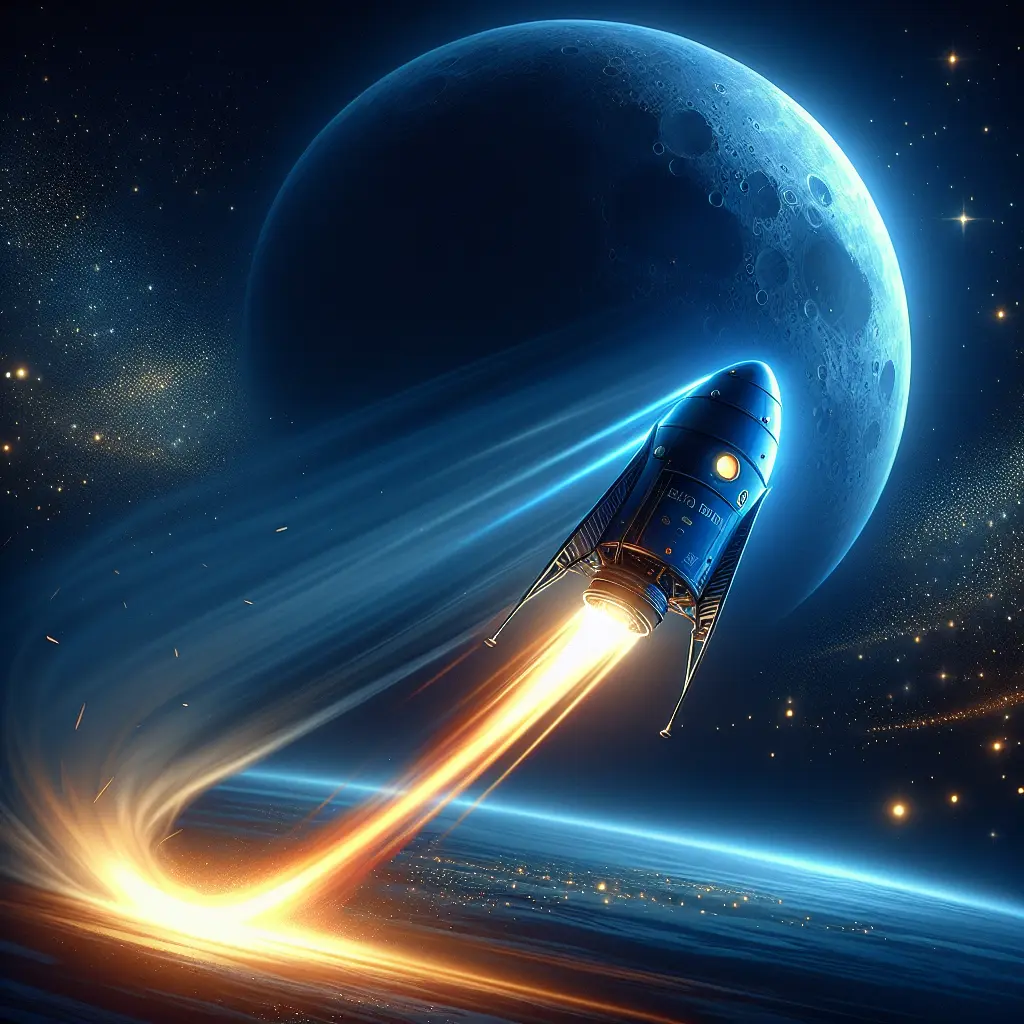
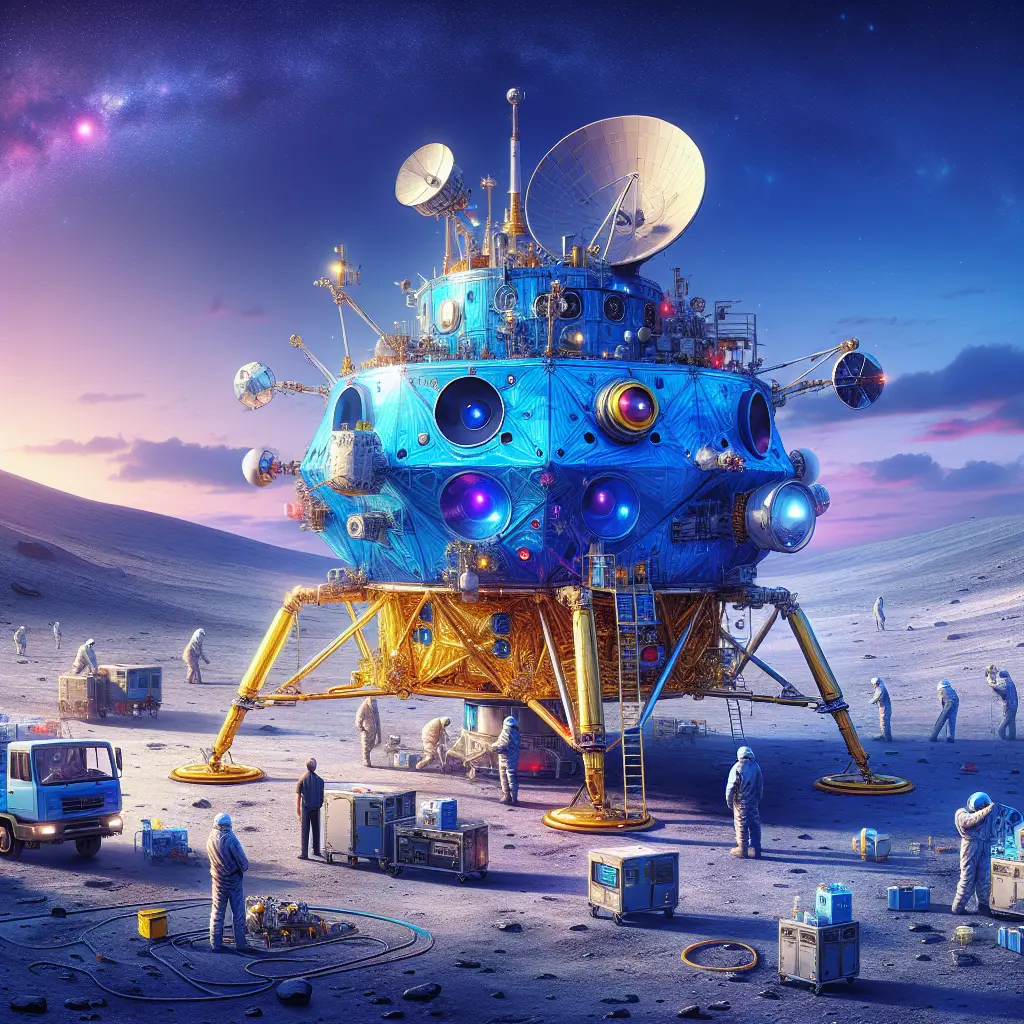

Leave a Comment